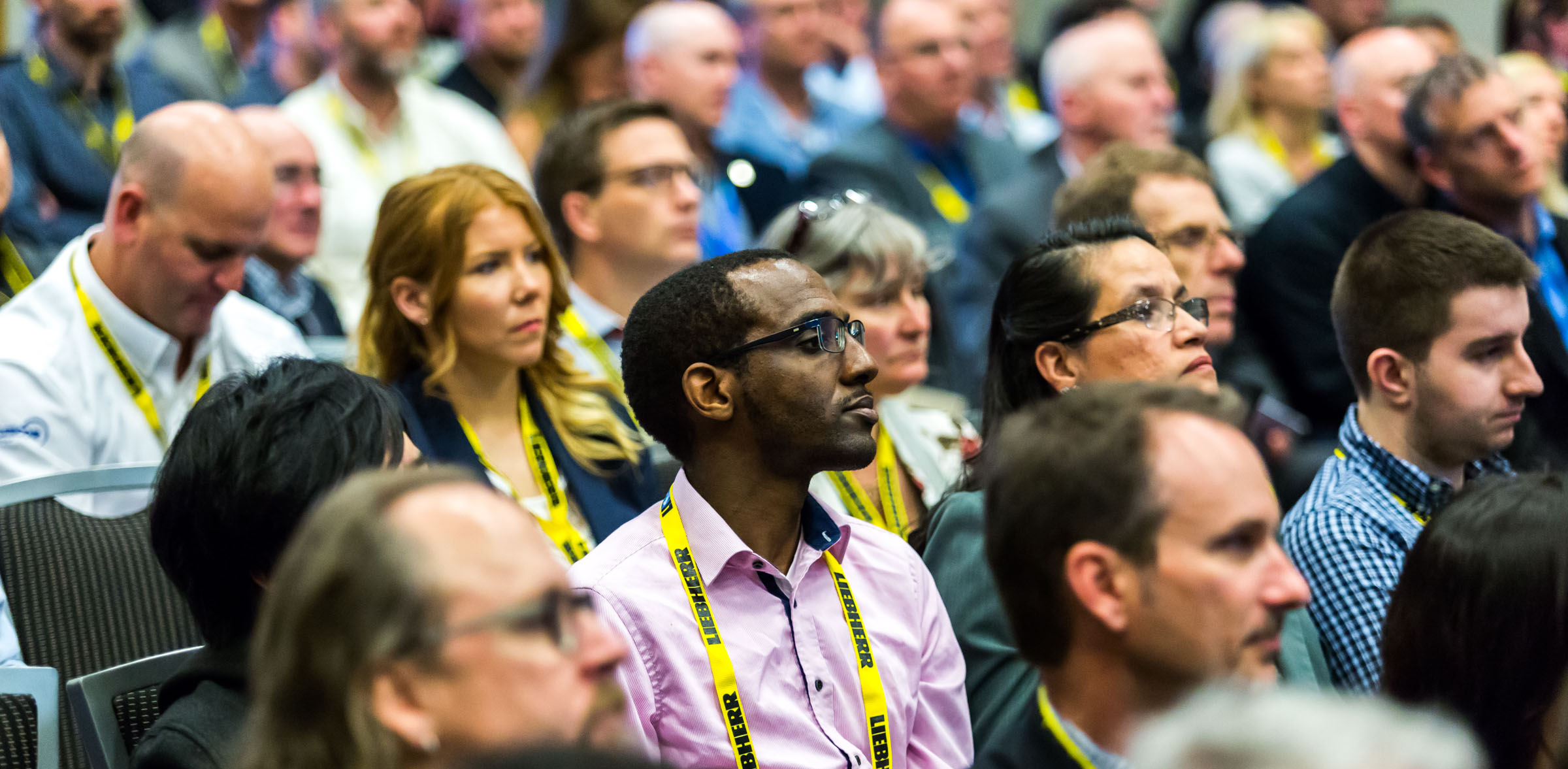09 May 2018
The latest developments from operators and technology providers found an eager audience at the CIM 2018 Convention. It was clear the topic of innovation has advanced beyond talk to many examples of novel applications in the field and comprehensive plans to build on those advancements.
On Monday, Samantha Espley, general manager of Vale’s mining and mineral processing technical excellence centre, presented on the company’s underground mining innovation roadmap to a packed room. The roadmap, created last year, involves developing an underground fibre optic backbone, wireless communications and telemetry to allow the company to employ technologies like advanced energy and ventilation control, battery electric vehicles, ore sorting closer to the face, and automation. Espley said change management has been key in the deployment of the roadmap.
On Tuesday, Dylan Bennett, manager of operational technology at Teck Resources, presented on the company’s foray into an “augmented workforce” in his presentation “Cyborg miners: a step towards a digital mine”. He discussed Teck’s implementation of a shovel operator platform which provides simplified in-cab real-time information on a heads-up display and operator coaching, as well as smart shovel technology that uses x-ray fluorescence (XRF) sensors to analyze ore buckets in real-time. The key takeaways from these projects, said Bennett, is that mining companies should invest dollars in building platforms and not applications and include operator input from the beginning.
Suncor’s director of autonomous haulage systems, Arn Do, presented on the company’s implementation of a fully autonomous fleet of 18 haul trucks early this year at their North Steepbank Extension mine in northern Alberta. The project, which started with a proof of concept in 2012, is the first company to implement an autonomous fleet in the oil sands. To date, Suncor has recorded 55,000 hours of autonomous operations without a system-related incident, said Do.
It was standing room only at the Sensor-based Ore Sorting session on Wednesday morning as speakers highlighted both current technologies available for sorting ore from waste and ongoing research into refining the process. “Grades are continuing to decline, and exploration will pick up eventually, but in the meantime we need to find a way to get the most value from the available ore,” said Kenneth Scholey, CTO of MineSense Technologies, who presented on the shovel-based ore sorting technology the company has deployed at a copper operation in the U.S. Speakers agreed, the closer to the face ore and waste can be separated the better. Bob McCarthy of SRK Consulting described his ongoing doctoral work at UBC focused on better understanding the mineral distribution in the ore that can in turn improve the mill feed.



